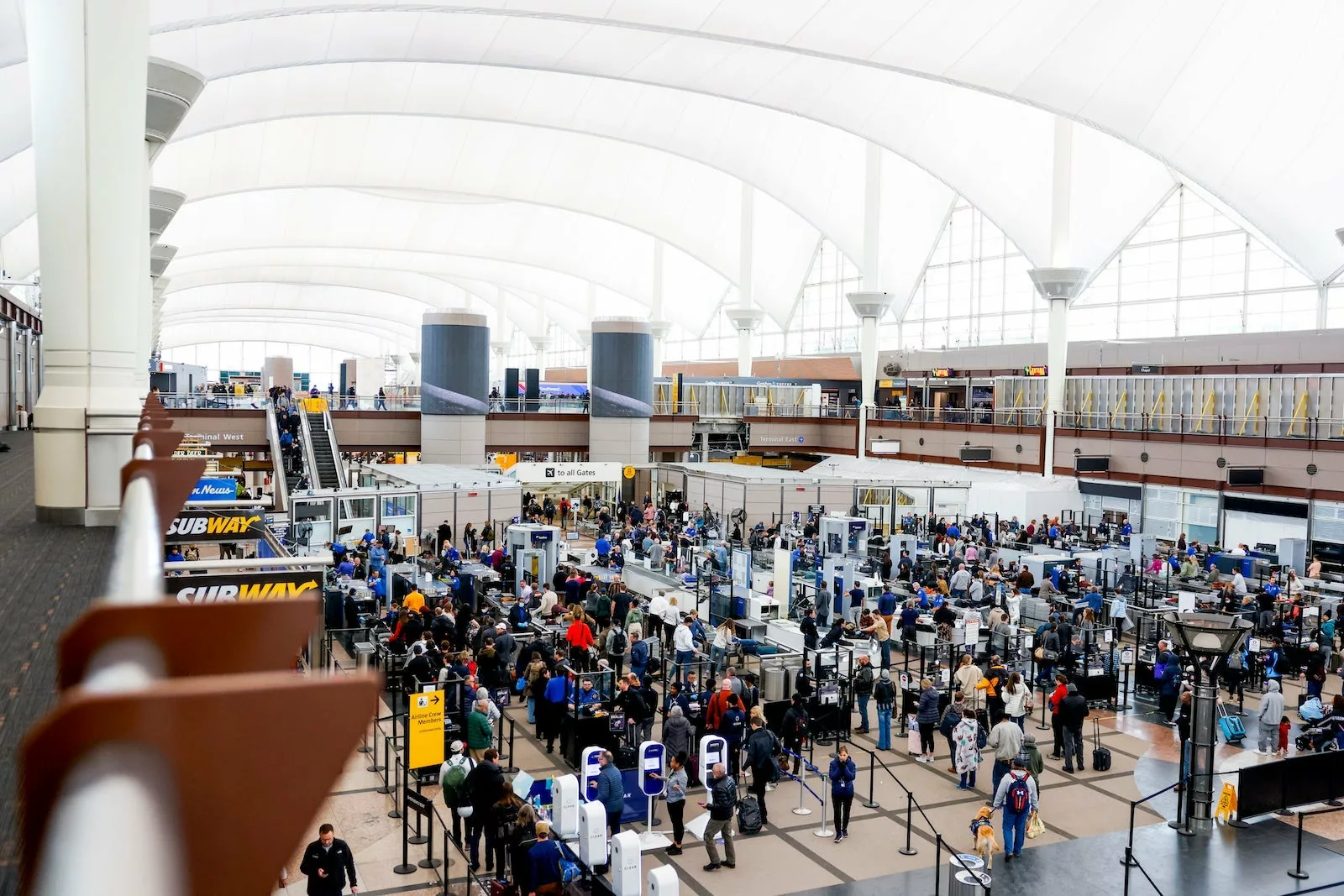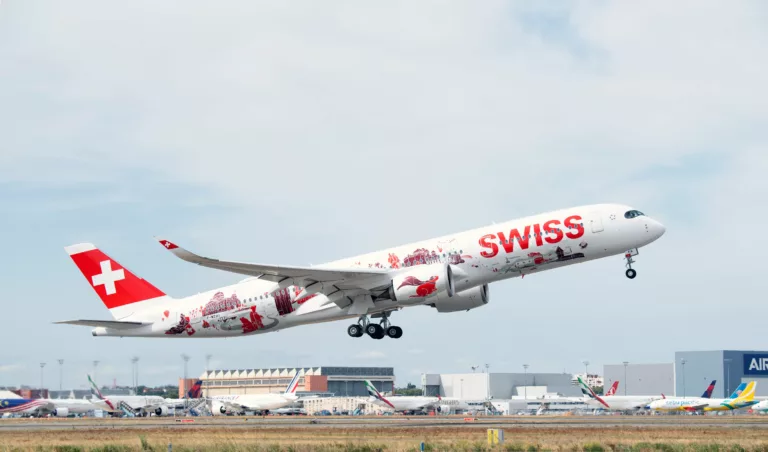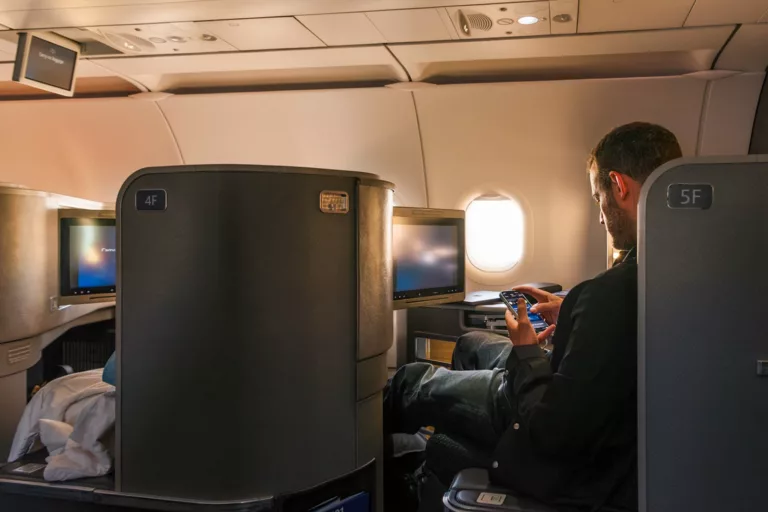TSA PreCheck vs. Global Entry: Which Travel Program Suits You?
Navigating airport security in the U.S. can be a daunting task, but signing up for TSA PreCheck and Global Entry can significantly streamline your travel experience. If you’re a frequent flyer or simply looking to save time at the airport, understanding the benefits of these programs is essential. This article will break down the key features of TSA PreCheck and Global Entry, helping you determine which option—or combination of both—best meets your travel needs.
TSA PreCheck is an expedited security program managed by the U.S. Transportation Security Administration (TSA). It allows preapproved, low-risk travelers to use dedicated TSA PreCheck lanes, where they can keep on their shoes, belts, and light jackets, and leave laptops and liquids in their bags. This makes the security screening process quicker and more convenient. While TSA PreCheck lanes are available at over 200 U.S. airports and accepted by more than 90 domestic and international airlines, availability can vary based on your airline.
To enroll in TSA PreCheck, you need to create a Trusted Traveler account and complete an online application. Once your application is approved, you must schedule an in-person interview at one of approximately 400 enrollment centers. The interview typically lasts about 10 minutes and includes a background check and fingerprinting. After your interview, you can expect to receive your Known Traveler Number (KTN) within a few days, allowing you to enjoy expedited security for the next five years.
However, it’s important to note that even with TSA PreCheck, there may be instances where you are directed to the standard security lane. The TSA employs unpredictable security measures, meaning expedited screening is not guaranteed for every traveler.
Eligibility for TSA PreCheck includes U.S. citizens, U.S. nationals, and lawful permanent residents over the age of 12. Children 12 and under can use the TSA PreCheck lane when traveling with a parent or guardian who has a TSA PreCheck indicator on their boarding pass.
On the other hand, Global Entry is a program provided by U.S. Customs and Border Protection (CBP) that allows expedited entry into the U.S. for preapproved travelers. Global Entry members can use automated kiosks at more than 75 U.S. airports and select preclearance locations abroad. One of the key advantages of Global Entry is that it includes TSA PreCheck benefits, making it a popular choice for international travelers.
When arriving in the U.S., Global Entry members bypass lengthy customs lines by using a kiosk. At the kiosk, you’ll present your machine-readable passport or U.S. permanent resident card, scan your fingerprints, and complete a customs declaration. In some locations, facial recognition technology further simplifies the process, allowing for a smoother exit from the baggage claim area.
To apply for Global Entry, you’ll need to complete an online application through the Trusted Traveler Programs website. Similar to TSA PreCheck, a Global Entry membership is valid for five years. If conditionally approved, you can schedule an interview at a Global Entry enrollment center or opt for Enrollment on Arrival, which allows you to complete the interview process upon returning to the U.S. from an international trip.
While Global Entry is available to U.S. citizens and lawful permanent residents, citizens of select countries, including Korea, Germany, Panama, and Mexico, can also apply. Canadian citizens and residents may access Global Entry benefits through the Nexus program.
It’s important to keep in mind that children cannot use Global Entry benefits unless they have their own membership. However, all ages are eligible for enrollment.
The application fee for Global Entry is $120, which covers both Global Entry and TSA PreCheck benefits for five years. TSA PreCheck has two enrollment providers: Idemia and Telos, with application fees ranging from $76.75 to $85. Renewals are available at lower costs, with online renewals priced at $70 through Telos and $58.75 through Idemia.
Many credit cards offer statement credits for TSA PreCheck and Global Entry application fees, making these programs even more accessible. Cards such as the Amex Platinum provide up to $120 in reimbursement, and some allow you to cover application fees for others as well. This benefit typically renews every four to five years, so be sure to check your card’s terms for specifics.
Global Entry is particularly advantageous for frequent international travelers, as it not only provides expedited entry into the U.S. but also includes TSA PreCheck benefits. If you have a credit card that reimburses application fees, the higher cost of Global Entry may be less of a concern.
If you’re uncertain about which program to choose, remember that Global Entry encompasses all the benefits of TSA PreCheck. With the convenience of expedited security and customs processing, both programs can significantly enhance your travel experience.
In summary, whether you opt for TSA PreCheck, Global Entry, or both, investing in these programs can save you time and hassle during your travels. With the right credit card, you may even offset the costs, making it easier than ever to enjoy the benefits of expedited travel. As you plan your next journey, consider the advantages of these programs and how they can help you navigate the airport with ease. Safe travels!







